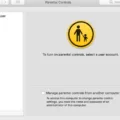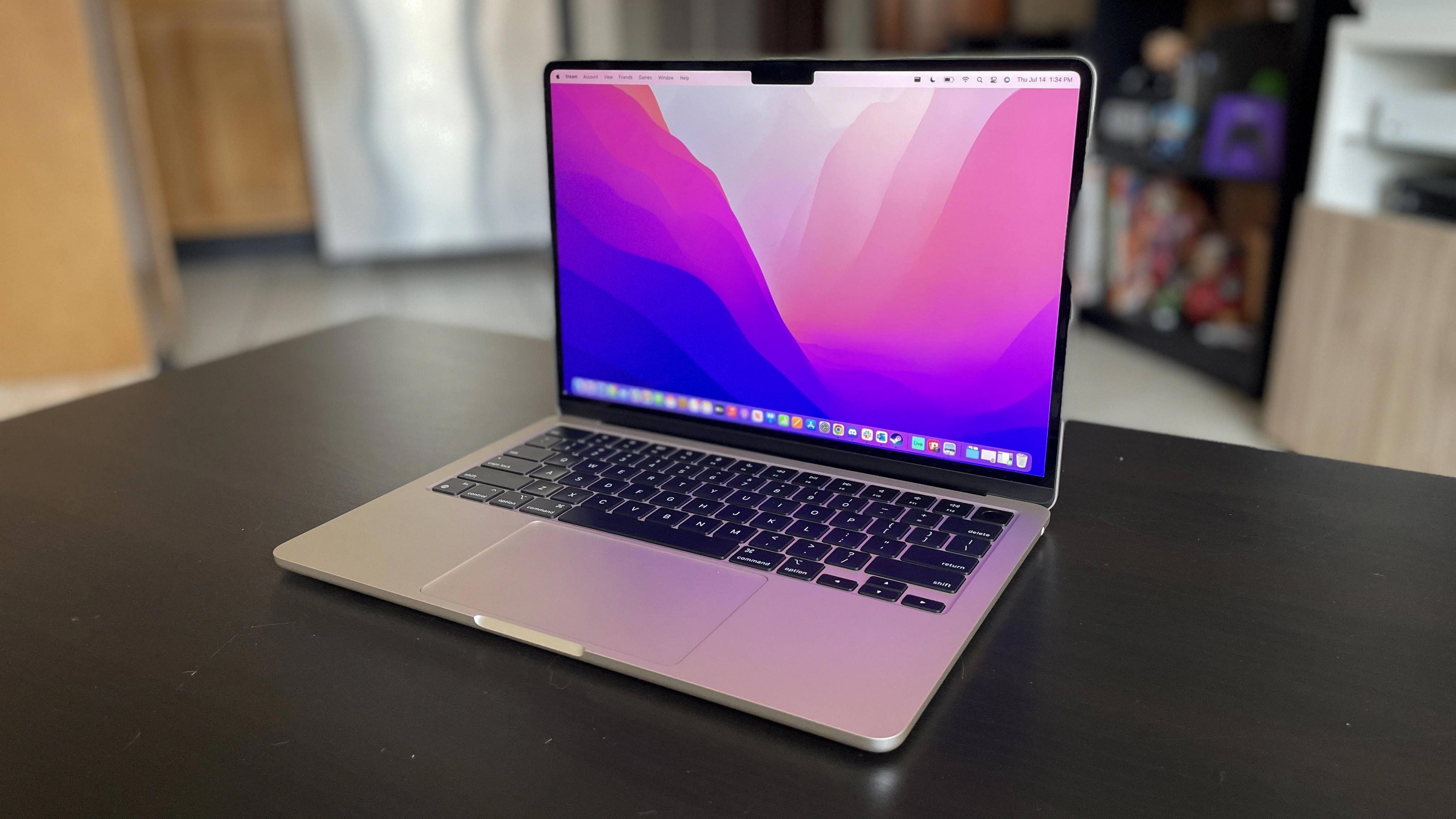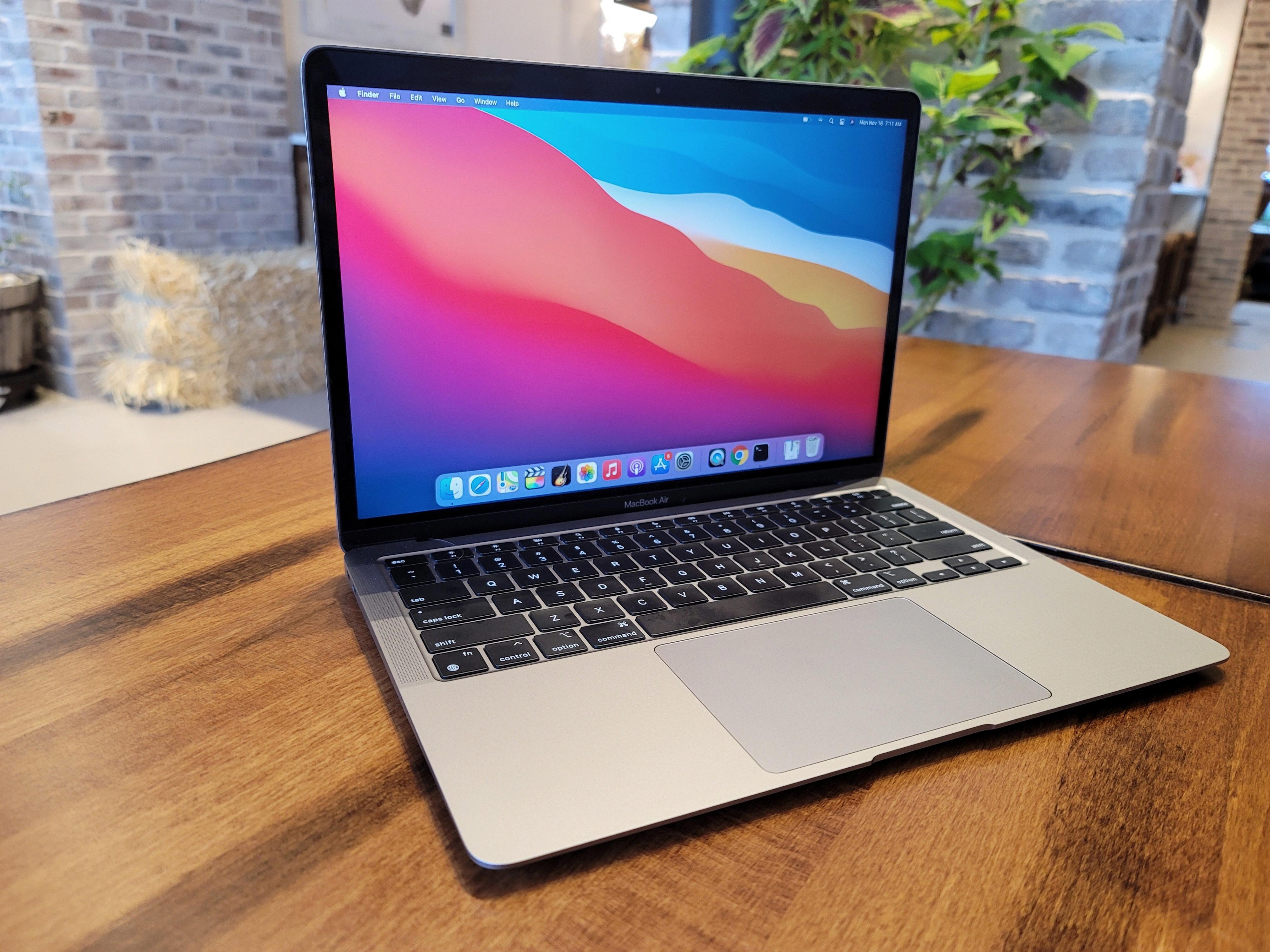Are you having trouble with your Macbook Air and are unsure of how to unfreeze it? We’ve all been there at least once, the dreaded frozen Macbook Air that just won’t respond or turn on. Thankfully, there are a few steps you can take to try and unfreeze your Macbook Air.
First, you should try restarting your Macbook Air by pressing and holding the power button until it shuts off completely. Once it is off, press the power button again to turn it back on. This should solve most problems but if not then you can move on to other solutions.
If restarting didn’t work then you may be dealing with a more serious issue. To help diagnose the problem, you can try checking for any software updates that may be available for your computer. If there are any updates available, install them and see if that solves the issue.
If neither of these solutions worked then you may need to reset your Macbook Air’s SMC (System Management Controller). This is a process that involves resetting certain parameters in order to restore the normal functioning of the computer. To do this, shut down your computer and unplug all peripherals from it (external hard drives, monitors, etc.). Then press and hold down the left-side Shift + Control + Option keys along with the power button simultaneously for around 10 seconds until the computer restarts itself.
Finally, if nothing else works then you may need to consider reformatting or restoring your Macbook Air completely. This will erase all data on your computer so make sure that you have backed up important files before proceeding with this step. You can use Time Machine or an external hard drive to back up files before restoring or reformatting your device.
We hope this article has helped provide some insight into how to unfreeze a Macbook Air when things go wrong! With these tips in mind, you should be able to get back up and running in no time!
Fixing an Unresponsive MacBook Air
If your MacBook Air is unresponsive, there are several steps you can take to troubleshoot the issue.
1. First, check if the power button is stuck or not working properly. Press and hold the power button for about 10 seconds, then press and release it again normally. If this doesn’t help, try to reset the System Management Controller (SMC).
2. To reset the SMC on a MacBook Air with a non-removable battery (models from late 2010 and later), shut down your computer, then press and hold both the left-side Shift+Control+Option keys (all at once) and Power button together for 10 seconds. Release all four keys simultaneously and power on the Mac as usual.
3. To reset the SMC on an older MacBook Air model with a removable battery, turn off your Mac and remove its battery, then press and hold down both the left-side Shift+Control+Option keys (all at once) for 7 seconds before reinserting the battery. Finally, power on your Mac as usual.
4. If these steps don’t work, you can also try rebooting in Safe Mode by pressing and holding down the shift key while booting up until you see an Apple logo with a progress bar appear on the screen. Once booted into Safe Mode, restart your Mac normally without pressing any keys to see if this resolves your issue.
5. If none of these steps work, it could be possible that some hardware components have failed or there is an issue with macOS itself; in this case, you may need to seek assistance from Apple Support or an Apple Authorized Service Provider for further assistance diagnosing and resolving the issue with your MacBook Air.
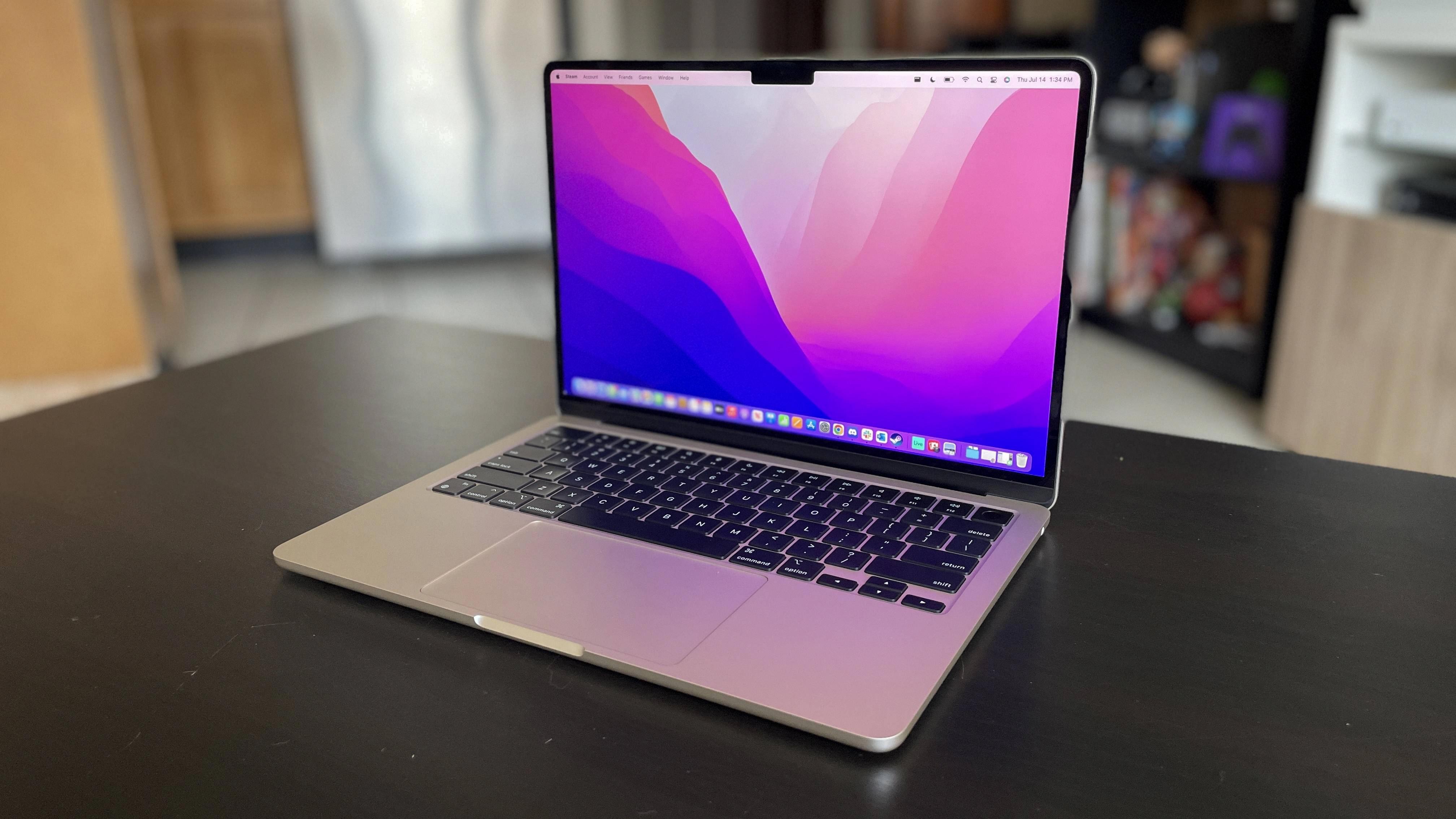
Source: cnn.com
Forcing a Frozen MacBook Air to Restart
If your MacBook Air is frozen, the best way to force a restart is by pressing and holding the Command (?) button, the Control (Ctrl) key, and the power button at the same time. Hold these three keys for about 10 seconds until your MacBook’s screen goes blank and it restarts itself. Once your computer has restarted, you’ll need to sign back into your account. If this doesn’t work after a few attempts, try disconnecting any external peripherals that are connected to your computer and then try forcing a restart again.
Unfreezing a MacBook Air Without Losing Work
If your MacBook Air has become frozen, there are a few steps you can take to unfreeze it without losing your work. First, you can try using the keyboard shortcut combination Command-Option-Escape. This will bring up a Force Quit window which will allow you to select the application that is causing the problem and quit it. If this doesn’t work, you can also click on the Apple logo in the Menu Bar and select Force Quit from the dropdown menu.
If neither of these options works, you should try restarting your computer by holding down the power button for about 10 seconds until your Mac shuts off. When it turns back on again, all of your applications should be back to normal and any unsaved work should still be there. However, if this doesn’t work either, then you may need to try resetting your computer’s system management controller (SMC). To do this, first shut off your computer by pressing and holding the power button for at least 10 seconds until it turns off. Then press and hold down the Shift-Control-Option keys along with the power button at the same time for another 10 seconds before releasing them all together. Your Mac should then start up normally and all of your applications should be working properly again without any data loss.
Troubleshooting a Frozen Macbook Air
Your Macbook Air may be frozen due to a variety of reasons, including your computer being overloaded with too many applications running at once, a faulty hard drive, or a software issue. If you are experiencing a frozen Macbook Air, the first thing you should do is force quit any unresponsive applications by pressing Command-Option-Escape. If that does not solve the problem, try restarting the computer by holding down the power button until it shuts off and then turning it back on. You may also want to check your disk drive for errors by going to Applications > Utilities > Disk Utility and running First Aid. If none of these steps work, then you may need to reinstall your operating system or contact Apple Support for assistance.
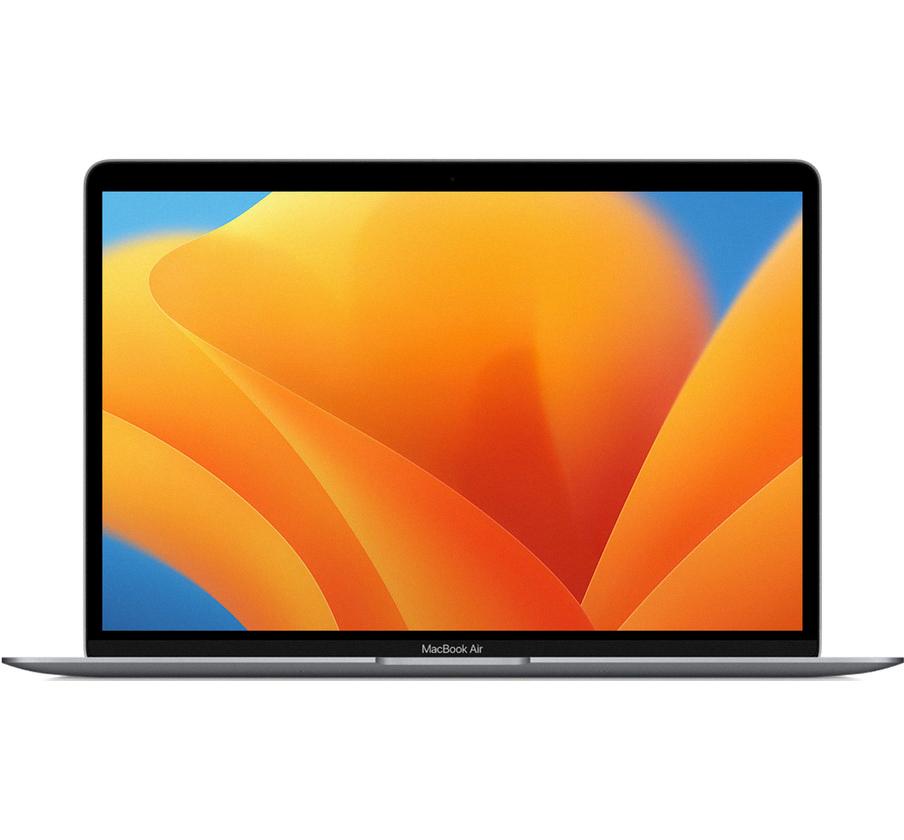
Source: apple.com
Dealing with Unresponsiveness on a Mac
Your Mac may be unresponsive for several reasons. Firstly, it could be because of a lack of disk space or memory. If your Mac is running out of space or memory, it can cause it to become sluggish and unresponsive. Secondly, conflicting applications can also cause an unresponsive Mac. Sometimes an application can interfere with another one and cause the system to freeze up. Lastly, in rare cases, hardware failure can cause an unresponsive Mac. In this case, you’ll need to take your computer to a professional to have it looked at and fixed.
Resetting a MacBook Air
To reset your MacBook Air, begin by opening the Apple menu. in the corner of your screen and select System Preferences. In the System Preferences window, click General in the sidebar. On the right side of this window, you should see an option labeled ‘Transfer or Reset’. Click this and then select ‘Erase All Content and Settings’. This will reset your MacBook Air to its factory settings, deleting all personal data from your device.
Restarting a MacBook Air Without the Power Button
If your power button is not working, you can still restart your MacBook Air by holding down the Control + Command keys together and then pressing either the Eject button or Touch ID (depending on your model) at the same time until the screen goes black and you hear the restart sound. On some older models, you may need to hold down the Control + Eject buttons and a shutdown dialog box should appear. If neither of these options works, then you will need to perform a Force Restart by pressing and holding Control + Option+ Command + Power/Eject/Touch ID buttons all at once for at least 10 seconds until you hear the startup chime.
Dealing with a Frozen Macbook
If your Macbook has frozen, you’ll want to take the following steps to try and get it working again:
1. Press and hold the power button for up to 10 seconds until your Macbook turns off.
2. Once it’s turned off, press the power button to turn it back on.
3. If this doesn’t work, you can try resetting your SMC (System Management Controller) by following these steps:
a) Shut down your Macbook and unplug the power adapter from your Macbook and wall outlet.
b) Press and hold the left Shift + Control + Option keys on the keyboard as well as the power button at the same time for 10 seconds.
c) Release all keys and then plug in the power adapter.
4. If this still doesn’t work, you can try resetting your NVRAM (Non-Volatile Random Access Memory). To do this, press and hold Command + Option + P + R keys simultaneously right after pressing the power button to turn on your Macbook until you hear two beeps or see an Apple logo appearing onscreen twice.
5. Finally, if none of these methods have worked, you may need to reinstall macOS or take your Macbook in for service from an Apple Store or authorized repair shop.
Forcing an Unresponsive Mac to Restart
If your Mac is unresponsive, you can force it to restart by pressing and holding the Command (?) and Control (Ctrl) keys along with the power button (or the ? Touch ID? / Eject button, depending on the Mac model). Hold these down until the screen goes blank and the machine restarts. This will force your Mac to restart regardless of what is currently running on it.
Turning Off Freeze Screen
If your computer screen is frozen, the first step is to try using the keyboard shortcut CTRL + ALT + Delete to open the Task Manager. In the Task Manager window, you should see a list of running applications and processes. Look for any that are unresponsive and select “End Task” to close them. If this doesn’t work, you may have to restart your computer completely by using the Power button on your machine. Be aware that closing or restarting your computer in this way may cause you to lose any unsaved work, so it’s best to only do this as a last resort.
Conclusion
In conclusion, the MacBook Air is a great choice for those looking for a lightweight, portable laptop with plenty of power and features. It has an incredibly thin and light design, making it easy to take with you wherever you go. The battery life is excellent, allowing you to stay productive and entertained for hours on end. The Retina display is stunning, providing vivid colors and sharp detail. And with powerful processors and graphics options, the MacBook Air can easily handle most tasks with ease. With its performance, portability, and sleek design, the MacBook Air is a great choice for anyone looking for a reliable laptop.


